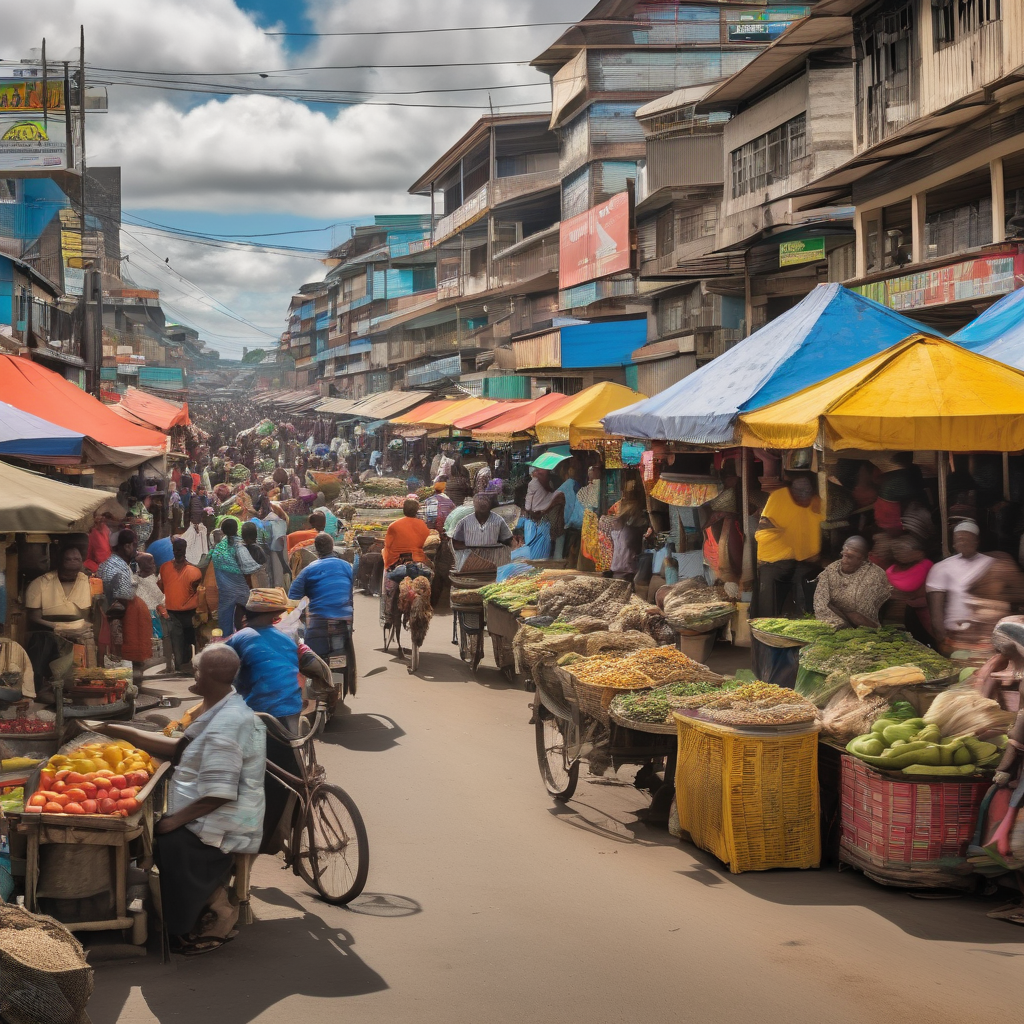Papua New Guinea’s population has officially reached 10.1 million, as reported in the latest national census shared by Prime Minister James Marape. This notable figure, released by the National Statistical Office, marks a significant increase from just three million residents in 1975, showcasing substantial demographic shifts over the decades.
As of June 16, the population is recorded at 10,185,363, with around 4.3 million individuals under the age of 18. Prime Minister Marape highlighted the dynamic youth demographic, describing it as both an opportunity and a challenge. He emphasized the importance of investing in education, job creation, and infrastructure to harness the potential of this vibrant segment of the population.
Despite the impressive population growth, Marape indicated that economic growth has not kept pace, averaging below three percent annually. He expressed concerns that if the economy continues to lag behind the growing population, it may lead to sustainability issues. The Prime Minister called for a strategic approach to ensure the well-being of citizens in light of these developments.
Marape urged that government services be guided by real-time data, advocating for accurate population counts to inform budgeting and resource allocation. He stressed the necessity of addressing the challenges associated with population growth to prevent excessive strain on resources.
This current situation aligns with prior discussions about the economic management of Papua New Guinea, particularly in terms of its resource-rich offerings and the fair distribution of wealth. Although the nation possesses ample minerals and resources, the critical question remains whether this wealth translates into better living conditions for ordinary citizens. As the government tackles these complex issues, prioritizing strategic investments in key services will be vital for creating a stable and prosperous future for all Papua New Guineans.
